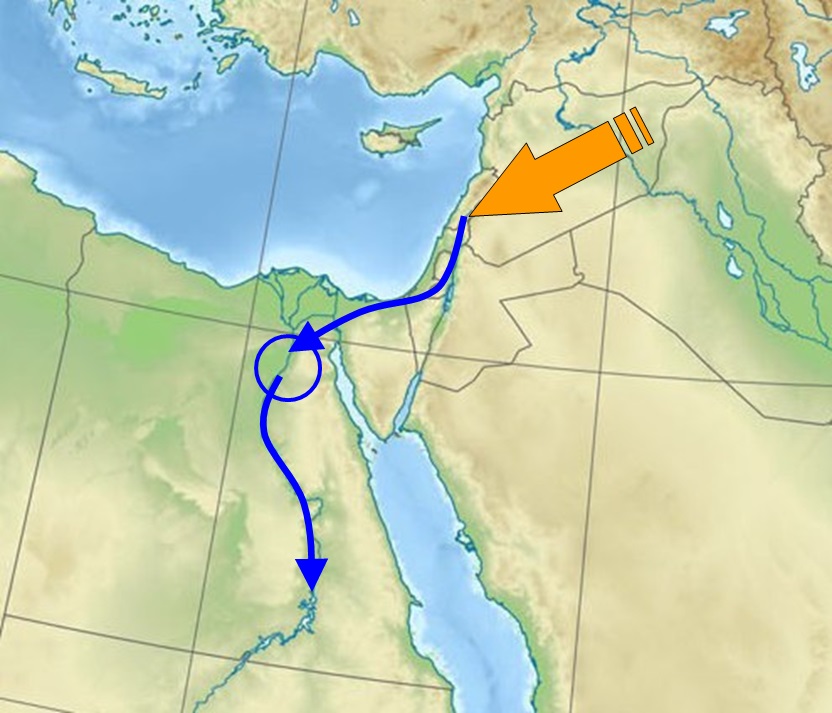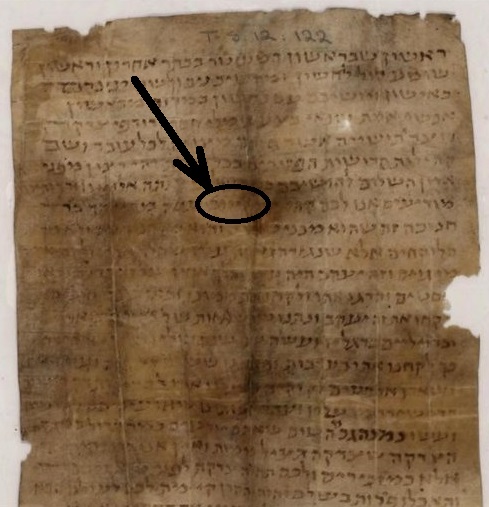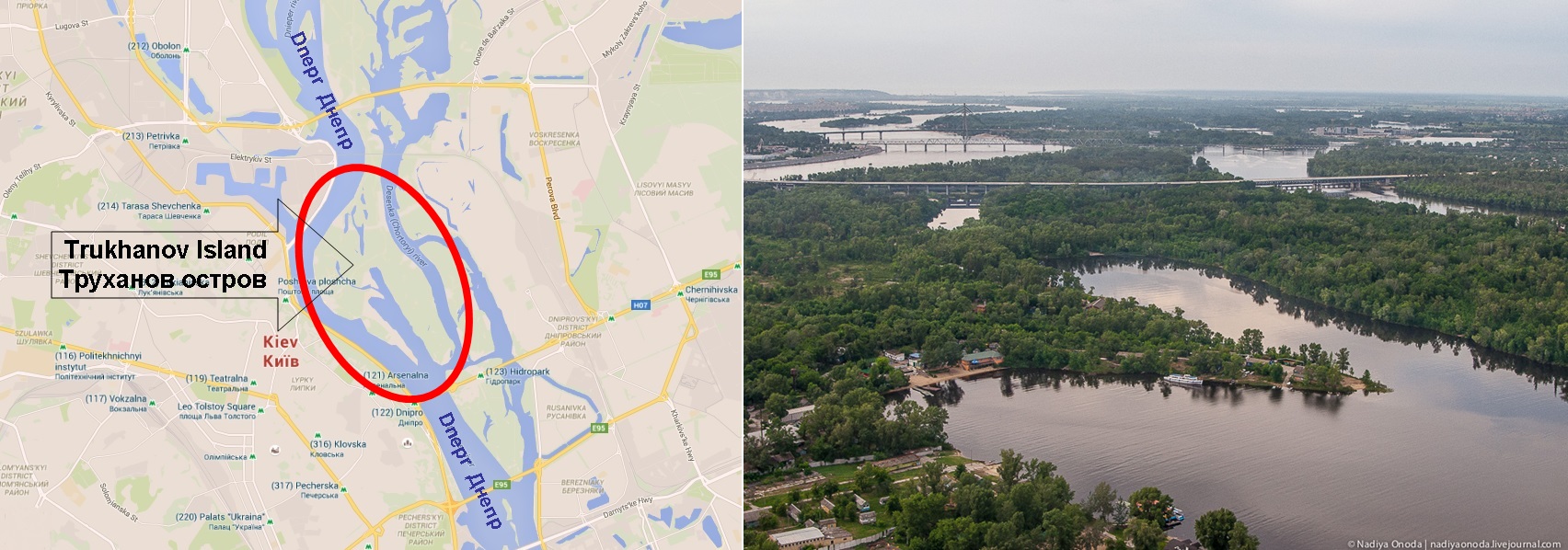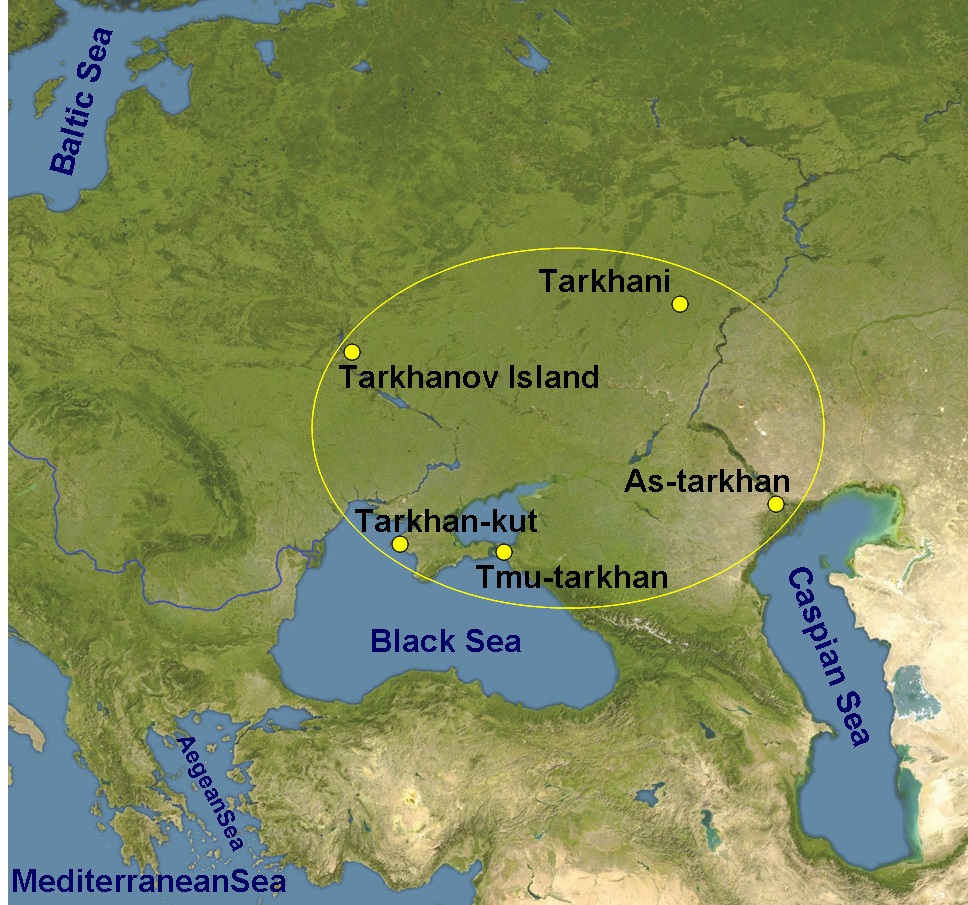About alternative temples in Judaism and birth of the city of Kiev (Ukraine)
–
THE ISLAND IN THE NILE RIVER
If you go 800 kilometers from Cairo upstream the Nile River, you will see an island opposite the city of Aswan. Native people call it Island of Elephants. Tourists know it as Elephantine Island, from the ancient Greek name ελεφάντινη [elefantini]. But there are no elephants there and never were.
PICTURE 01
The first people that arrived to the island in the beginning of the 16th century B.C. noticed big smooth rounded rocks, which looked like elephant’s back, and because of that they gave the name to the island as (Heb) יב [ev], which meant elephant in ancient Hebrew. The word combination “a tooth of an elephant” in ancient Hebrew sounded the following way: היב שן [shen ha-ev]. This word combination entered Modern Hebrew as the word שנהב [shenhav] = (Eng) an elephant’s tooth or ivory.
-
THE VERY FIRST WAVE OF EMIGRATION
Between 740 and 735 B.C. the Assyrian king Tiglath-Pileser III began the war against Rezin, a king of Aram-Damascus, and his allies, with the king of Israel Pekah among them. In 732 B.C. the Assyrian army invaded Israel from the north and started little by little taking the lands settled by the Israelites. The war lasted for 31 years.
Escaping from the war, the Jews of the Kingdom of Israel went to the south, to the Kingdom of Judea, and farther to Egypt, where they were welcomed by friendly people that had been living in the area of Faiyum since the time of the Egyptian slavery (See the article “Two Exoduses“), i.e. more than 500 years before the described events.
Following the Jews, the Assyrian troops came close to the border with Egypt. The most cautious of the refugees went upstream the Nile River and settled in a place protected on all sides, i.e. on Ev Island.
PICTURE 02
The population of the island was growing. After about 100 years a house of worship was built on the island. It was opened in 610 B.C.
After another 24 years, in 586 B.C., the king Nebuchadnezzar II destroyed the Temple of Jerusalem and deported the Jews of Judea to Babylon – the Kingdom of Judea ceased to exist. The Jews dispersed throughout the world lost their religious center.
And then the Jews of Ev Island turned their house of worship into an ALTERNATIVE Temple. And in this Temple they started to perform those religious ordinances that used to be performed only in the Jerusalem Temple. The Temple on the Island of Ev became a world center of Jewish religious life for a period of 70 years.
After 48 years, in 538 B.C., King Cyrus ordered the Jews, who were in the Babylonian captivity, to return to Jerusalem and to rebuild the Temple.
The construction of the Second Temple of Jerusalem was completed in 516 B.C.
From that time temple worship was performing in two places in parallel: in Jerusalem and on the Island of Ev.
During excavations on the Island of Ev, which were carried out in the 19th century, a lot of written documents describing economic, social, and religious life on the island were found. About 350 registered documents still exist today. These documents show that there was an intense discussion between the religious leaders of Ev Island and Jerusalem about the legality of the situation, when two temples existed at the same time. This discussion lasted for 106 years. In 410 B.C. it was closed because the Temple on the Island of Ev was completely destroyed during the pogrom organized by the Egyptian authorities.
-
HISTORY REPEATS ITSELF
Prophet Muhammad (Mohammad) was born in 571.
At the age of 40, when he began his religious activity, the Mediterranean world was involved in the process of Christianization. In the 7th century, followers of Muhammad created a new state – the Muslim Caliphate (See the article “The Road is paved with Incense“). The territory of the Caliphate exceeded three times the territory of the Byzantine Empire.
PICTURE 03
During the struggle over spheres of influence, the Byzantine Empire and the Caliphate forcefully converted the population to Christianity and Islam, respectively.
The Jews refused to convert to another religion and were persecuted. The Jews of the Byzantine Empire and the Caliphate were forced to leave their homes and escape.
Where to?
In the 7th and 8th centuries, the Jews who were living in the western part of the Roman Empire (10-20% of the total number of the Jews) moved to the Iberian Peninsula (modern Spain and Portugal). Most of the Jews of the Byzantine Empire and the Caliphate, including the Jews of Jerusalem, migrated to the territory of the Khazaria between the Black and the Caspian seas. On the map this area is marked with an ellipse. We will need this ellipse in the next part of the article.
PICTURE 04
It was the 8th century. The Muslim armies were attacking the southern borders of Khazaria.
Here again, history repeated itself – the events that happened were the same as those in the 8th century B.C. on the Nile River (See above).
The most cautious of the refugees went upstream the Dnieper and settled in a place protected on all sides, i.e. on the island.
PICTURE 05
Jerusalem was in hands of the Muslims, and there was no hope for renewal of Jewish religious life there in the near future. The Jews decided to create an alternative Temple, just as it had been done on the Island of Ev 1.600 years before. The temple was built and started to function in the end of 8th century or in the beginning of the 9th century.
In the eyes of the Jews, the island on the Dnieper River was the same as Ev Island on the Nile River in Egypt. The expression “the same as Ev” in Hebrew looks like כִּיֵב [kiev]. Thus the name of the city of Kiev originated.
The Jews, who lived in Kiev, had escaped from different countries. They spoke different dialects of Hebrew and Aramaic languages. The name of the city could be written in different ways according to the dialect, for example:
כִּיֵב [kiev] or כִּי יֵב [ki ev] or קִי יֵב [ci ev] or קִי יוב [ki yov] or ……
-
THE KIEV LETTER
The so-called “Kiev Letter” is the earliest, of the existing in our time, written document, where the name of the city of Kiev is mentioned. This document was written in Hebrew approximately in 930, and is stored in the Cambridge University Library.
PICTURE 06
The name of the city of Kiev itself can’t be seen clearly in this document. Some of the scientists, who have hold the document in their hands, claim that the name of the city consists of two words and is written the following way: יוב קי [ki yov]. Perhaps they are right.
In 882, Prince Oleg (Olg), who had arrived to Kiev from Novgorod, said that “this city will be mother to Russian cities.”
Here is a quote from “The Tale of Bygone Years”:
PICTURE 07
Why was it Oleg who said this?
Why did he say this about Kiev in particular?
Why did he say this about Kiev using these particular words?
Dear Reader, the answers to these questions you can find in the article “Mother of Russian Cities“.
Prince Oleg decided to live on the island near the Temple. His place of residence got the name of Olzhishe, which is translated into modern Russian as Oleg’s, i.e. belonging to Oleg.
-
TARKHAN
There is a verb in Hebrew לטרוח [litroah] = (Eng) to try, to endeavor. The earliest-known written document that used the word with this root more than three thousand years ago was the Torah:
תורה, ספר דברים
א,יב אֵיכָה אֶשָּׂא, לְבַדִּי, טָרְחֲכֶם וּמַשַּׂאֲכֶם, וְרִיבְכֶם.
Torah, Book 5 Deuteronomy (Words), Chapter 1
12 How can I myself alone bear your endeavors, and your burdens, and your strifes?
The word טרחן [tarhan] = a person who is trying, or endeavoring, comes from the word לטרוח. During the time of the Khazar Khaganate (between the 8th and the 10th centuries) the word TARKHAN was used for encouragement of persons close to the throne. Later it entered various Eastern languages and became the title/rank of senior military leaders, like the modern rank of General.
It is known that in 764 the Khazar army, led by the commander in the rank of Rosh Tarkhan (in English-language literature as Ras Tarkhan), defeated the Arab forces attacking the Caucasus from the south. The word (Heb) ראש [rosh] means (Eng) head. The title (Heb) טרחן ראש [rosh tarhan] equals the modern rank of “Chief General”.
The Khazars styled Prince Oleg with the title of TARKHAN, therefore the island where he lived was named as Tarkhan Island. Today it is called Trukhanov Island. It was the place where history of the city of Kiev began.
PICTURE 08
In our days the word TARKHAN still exists in some geographical names, for example:
- The city of Taman was formerly called as (Heb) תמן טרחן [taman tarhan].
- The western extremity of the Crimean Peninsula – the Tarkhankut Cape.
- Lermontov spent his childhood in the estate of Tarkhany.
- The name of Astrakhan city came from the word (Heb) אשטרחן [astarhan].
PICTURE 09
- Until 1945, the name of Vishnyovka Village in Krasnoperekopsky District of the Autonomous Republic of Crimea was Tarkhan.
- Until 1948, the name of Dvorovoe Village in Nizhnegorsky District of the Autonomous Republic of Crimea was Tarkhan.
- Tarkhan is the name of the village (Arab) كفر طرخان [kfar tarhan] in Egypt, where in 1911 the cemetery was found with the burials dating to the 27th century B.C. The Reader familiar with the article “Two Exoduses,” will not be surprised to know that this village is located in the Fayum Area, i.e. in the Land of Goshen mentioned in the Torah. A lot of precious artifacts were found there, including the Fayum portraits.
- Tarkhana was the name of the city (Heb) טרחנה [tarhana] founded in the end of the 8th century B.C. 80 km north-west of Rome by the Israelites escaped from the invasion of the Assyrian king Tiglath-Pileser III (See the articles “Everything Comes Full Circle” and “The Golden Triangle“). As time passed by, the name of the city has been distorted, and today it is called as Tarquinia.
There are other articles on this site. A list of them here









